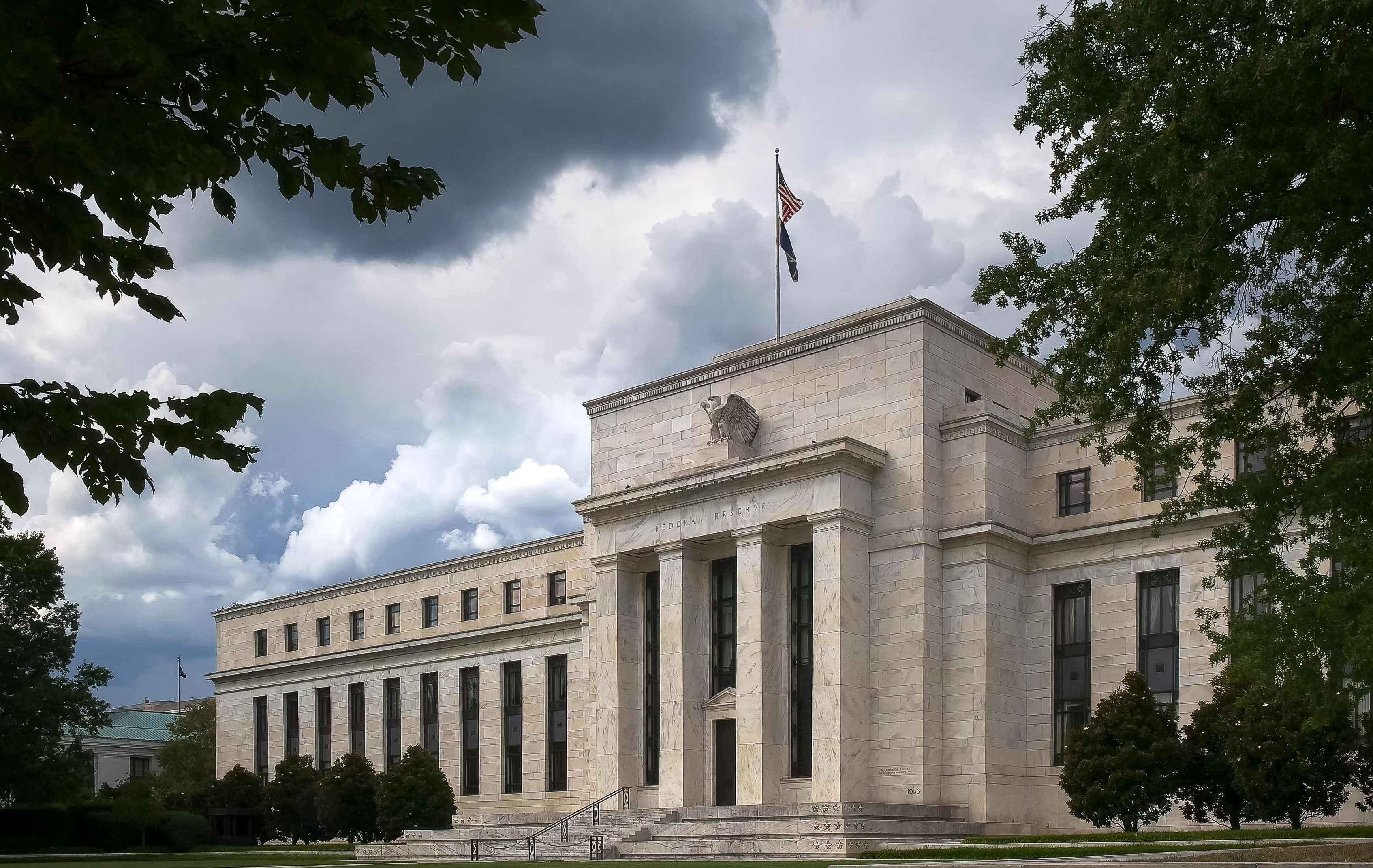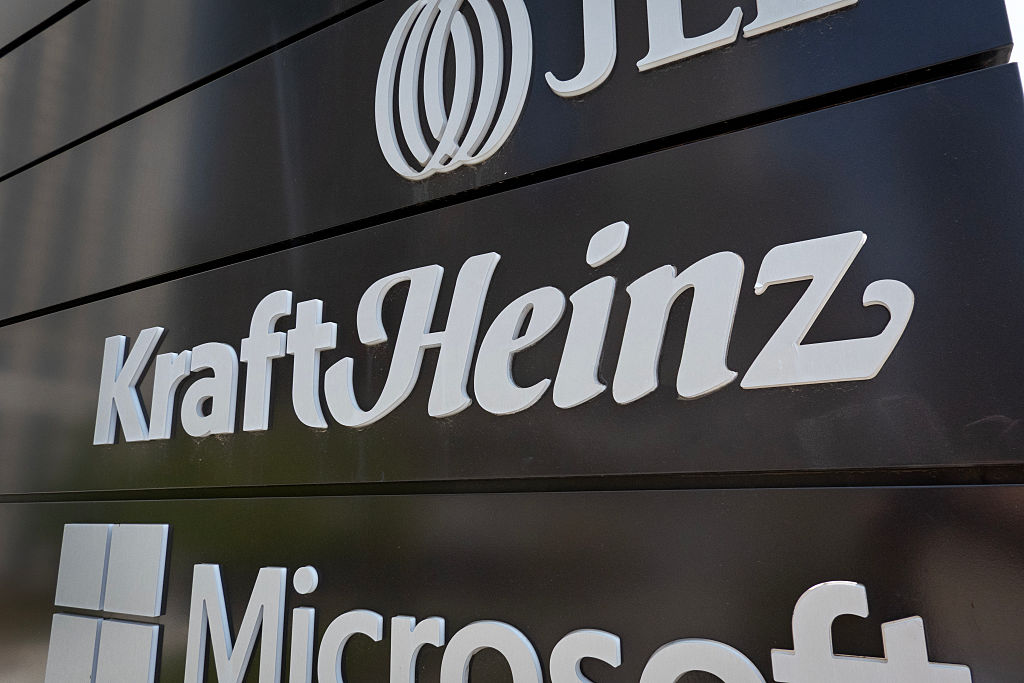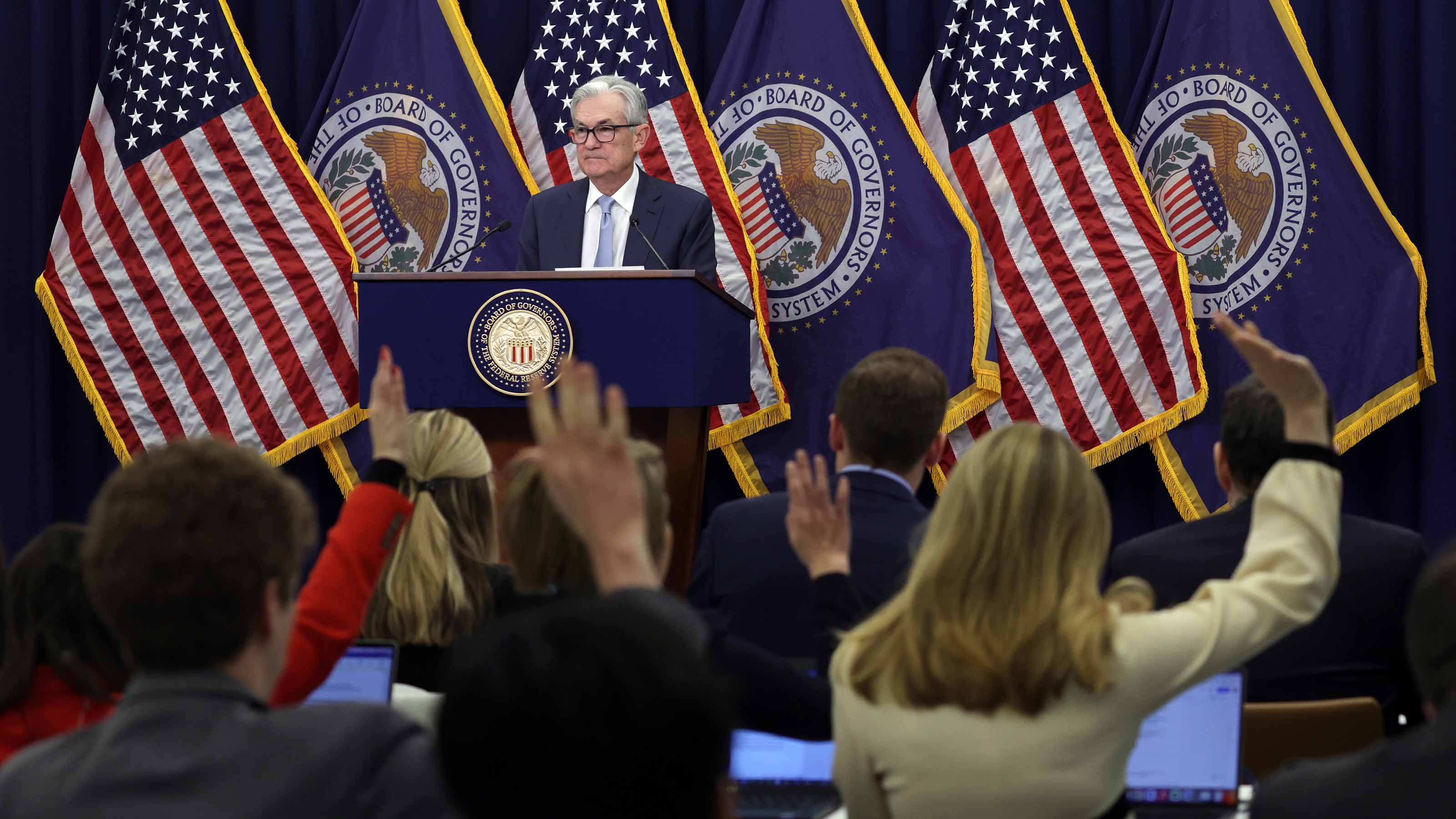Wells Fargo: Now a Buy
We've been avoiding most financial stocks, but now is the time to make an exception for this San Francisco-based banker.

In a market in which bad calls have been the norm, a call we got right was our decision last summer to avoid most financial stocks.
This was our reasoning as laid out in our September 2008 column: "Sadly, as bad as things have been, there's a strong case to be made that we've only seen the tip of the iceberg of housing- and mortgage-related problems, and that an enormous wave of home defaults, foreclosures and auctions is about to hit financial stocks."
As a result, we not only avoided most financials but also sold short some of those that were most exposed to the ongoing housing meltdown. Our best investments over the past six months, by far, have been in bearish bets on companies such as Wachovia, Washington Mutual and Wells Fargo.
From just $107.88 $24.99 for Kiplinger Personal Finance
Become a smarter, better informed investor. Subscribe from just $107.88 $24.99, plus get up to 4 Special Issues

Sign up for Kiplinger’s Free Newsletters
Profit and prosper with the best of expert advice on investing, taxes, retirement, personal finance and more - straight to your e-mail.
Profit and prosper with the best of expert advice - straight to your e-mail.
Change of heart
We recount this history not to pat ourselves on the back, but to provide context for our reversal on Wells Fargo (symbol WFC), the San Francisco-based banking giant. In fact, it marks only the second time in our careers that the share price of a company we had shorted fell so precipitously that it became a bargain worth buying. (The other case was Canadian insurer Fairfax Financial, which we still own today.)
The thesis for shorting Wells in January rested on two pillars. First, we thought Wells was buying some giant loan losses, especially in option ARMs and home-equity lines of credit, when it acquired Wachovia last October. Second, at close to $30, Wells's stock traded at three times estimated tangible book value, which we viewed as too high given the ill health of mortgage and credit markets.
When the shares fell below $10 two months later, we saw a very different risk-reward scenario. That prompted us to change our position and buy the stock, even though we think there are still big losses to come on Wells's loans.
Wells is in a race for its life. The company has set aside $23 billion as a provision for loan losses, but we estimate that even the low end of the range of eventual losses on its $865-billion loan book is more than $50 billion. Wells must earn profits fast enough to fill the hole being blown in its loan portfolio before those losses overwhelm the company.
Can it do so? Our optimism that it can rests in no small part on the company's deserved reputation as a first-class operator.
Our confidence got a further boost when Wells announced exceptionally strong first-quarter earnings of $3 billion, driven by far lower charge-offs than we expected. Wells's net interest margin -- the amount by which interest income exceeds interest expenses, as a percentage of assets -- was 4.1% in the first quarter, significantly higher than the sub-3% margins reported in 2008 by Bank of America, Citigroup and JPMorgan Chase. Over the past five years, Wells has delivered annual earnings growth before taxes and loan-loss provisions of 11%, on average, while its nine largest peers have seen such earnings decline, on average.
With the addition of Wachovia and assuming some cost savings, we believe Wells should earn $32 billion to $40 billion this year before taxes and loan-loss provisions. Those adjusted earnings, we believe, will meaningfully exceed additional provisions for credit losses in 2009. If earnings at least keep pace with loan losses, as we expect, Wells should survive the storm.
If that happens and Wells doesn't have to raise additional capital -- we think there's only a 10% to 20% chance it will have to -- the $4 to $5 per share it should earn in a normal environment would translate into a stock worth $40 to $60. With the stock at $20 (as of April 9), we think the risk-reward equation is highly favorable.
One last point: Our optimism about Wells Fargo is not a suggestion that all is clear for bank stocks in general. Wells is uniquely profitable, which should allow it to earn its way out of trouble. But many other banks won't be so lucky and will be overwhelmed by their losses.
Columnists Whitney Tilson and John Heins co-edit Value Investor Insight and SuperInvestor Insight. Funds co-managed by Tilson hold short positions in Bank of America, Washington Mutual and Citigroup.
Profit and prosper with the best of Kiplinger's advice on investing, taxes, retirement, personal finance and much more. Delivered daily. Enter your email in the box and click Sign Me Up.

-
 Should You Renew Your CD?
Should You Renew Your CD?With rate cuts impacting earnings, we examine if now is a wise time to renew CDs.
-
 7 Ways to Plan Now to Save on Medicare IRMAA Surcharges Later
7 Ways to Plan Now to Save on Medicare IRMAA Surcharges LaterUnderstand the critical two-year lookback period and why aggressive planning before you enroll in Medicare is the most effective way to minimize IRMAA.
-
 Law Reversal Looming? Trump Eyes 2026 Gambling Winnings Tax Change
Law Reversal Looming? Trump Eyes 2026 Gambling Winnings Tax ChangeTax Deductions It's no secret that the IRS is coming after your gambling winnings in 2026. But how long will that last?
-
 What the Rich Know About Investing That You Don't
What the Rich Know About Investing That You Don'tPeople like Warren Buffett become people like Warren Buffett by following basic rules and being disciplined. Here's how to accumulate real wealth.
-
 How to Invest for Rising Data Integrity Risk
How to Invest for Rising Data Integrity RiskAmid a broad assault on venerable institutions, President Trump has targeted agencies responsible for data critical to markets. How should investors respond?
-
 What Tariffs Mean for Your Sector Exposure
What Tariffs Mean for Your Sector ExposureNew, higher and changing tariffs will ripple through the economy and into share prices for many quarters to come.
-
 How to Invest for Fall Rate Cuts by the Fed
How to Invest for Fall Rate Cuts by the FedThe probability the Fed cuts interest rates by 25 basis points in October is now greater than 90%.
-
 Are Buffett and Berkshire About to Bail on Kraft Heinz Stock?
Are Buffett and Berkshire About to Bail on Kraft Heinz Stock?Warren Buffett and Berkshire Hathaway own a lot of Kraft Heinz stock, so what happens when they decide to sell KHC?
-
 How the Stock Market Performed in the First 6 Months of Trump's Second Term
How the Stock Market Performed in the First 6 Months of Trump's Second TermSix months after President Donald Trump's inauguration, take a look at how the stock market has performed.
-
 Fed Leaves Rates Unchanged: What the Experts Are Saying
Fed Leaves Rates Unchanged: What the Experts Are SayingFederal Reserve As widely expected, the Federal Open Market Committee took a 'wait-and-see' approach toward borrowing costs.
-
 Fed Sees Fewer Rate Cuts in 2025: What the Experts Are Saying
Fed Sees Fewer Rate Cuts in 2025: What the Experts Are SayingFederal Reserve The Federal Reserve cut interest rates as expected, but the future path of borrowing costs became more opaque.

